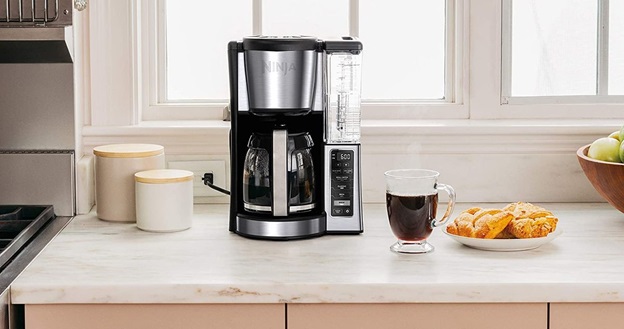
Childhood
As with countless sibling relationships, the dynamic between Queen Elizabeth and Princess Margaret was complicated and sometimes fraught. Separated by four years, the sisters initially lived at 145 Piccadilly, where the nursery was filled with toys from all over the British Empire.
After the abdication crisis in 1936, leading to the coronation of their father, King George VI, the pair moved into Buckingham Palace before relocating to Windsor Castle in 1939, following the outbreak of World War II. Both sisters had an interest in music and performance – they would often sing madrigals alongside the senior choristers at St George’s Chapel as well as starring in the annual Windsor Castle pantomime. Margaret was the more accomplished, however, with Elizabeth favouring outdoor pursuits, where she would foster a lifelong passion for horses.
Although both home schooled under the supervision of their governess, the nature of their education differed, owing to the contrasting roles they would eventually fulfill. As heir to the throne, Elizabeth was given lessons in constitutional history as well as tutelage from C.H.K Marten, the Provost of Eton. In contrast, Margaret’s education was said to be more informal which she would later describe as her first realisation of the sisters’ divergent trajectories.
Teenage years
Marking the end of World War II in 1945, the princesses anonymously merged with the jubilant crowds celebrating VE Day in front of Buckingham Palace, of which Margaret would describe as a “wonderful sunburst of glory”.
The unprecedented abandon of that day would give way to the tightly regulated world of royal duties. Their first came in 1947, when they joined their parents on a three month long tour of Southern Africa. Margaret’s chaperone on the trip was Peter Townsend, a figure who would later prove a source of conflict for the pair.
In contrast to Elizabeth’s settled existence after marrying Philip Mountbatten later that year, the free-spirited Margaret enjoyed one of high-society balls and nightclubs in the company of what became known as the “Margaret Set”. Press speculation centred on the numerous bachelors she was allegedly involved with, but it was the man often in the background of royal photos that would become the prime object of their attention.
Post-Coronation
A year after Elizabeth’s accession to the throne in 1952, Maragret’s much-speculated relationship with Peter Townsend was reported in the press following his proposal to her. As a recently divorced man, the Queen and Prime Minister Anthony Eden decided that Margaret would have to relinquish her rights of succession, as well as those of any future children, in order to marry him. In 1955, Margaret released a statement confirming the end of their relationship and commitment to the commonwealth. More insights into Margaret’s life can be found in this Princess Margaret biography.
While the notion of the ‘heir and spare’ no doubt led to a sometimes fractious dynamic, the underlying affection of their relationship was undeniable. Following Margaret’s marriage to Anthony Armstrong-Jones in 1960, Elizabeth gifted her a 20-room flat in Kensington Palace. Margaret installed a direct line to Buckingham Palace allowing them to chat almost daily – a practice that would endure throughout the rest of their lives together.










